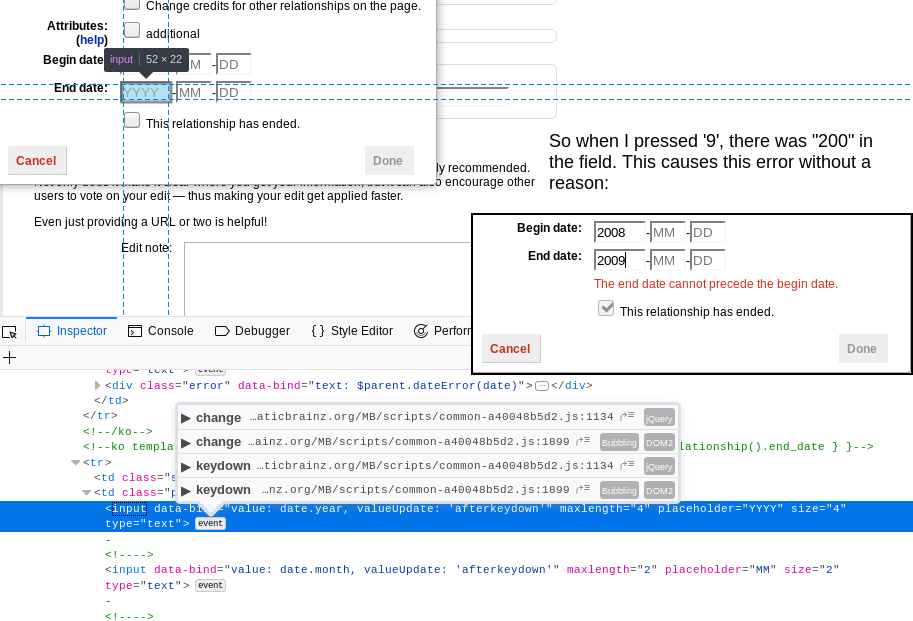

You can add each of these event types to an HTML element or document object using the addEventListener method. We can get contextual information about these events from the KeyboardEvent interface's properties and methods. There are primarily three keyboard event types, keydown, keypress and, keyup. It extends the UIEvent interface which eventually extends the Event interface. The KeyboardEvent interface provides information using the defined constants, properties, and a single method (as of January 2021). The KeyboardEvent interface and the event types Finally, the current list of key codes for reference and future use.A playground to try things out as we learn.

#Javascript trigger keyup event code#
At the same time, W3.org keeps updating the specification by introducing new properties, deprecating existing ones, and marking certain code as legacy.īecause of this, it is essential for web developers to keep learning about the KeyboardEvent interface to know what exactly they should use and what's no longer relevant.
#Javascript trigger keyup event how to#
There have been many articles written about how they work and how to use them. Like many other JavaScript events, the KeyboardEvent interface provides all the required properties and methods for handling every keystroke a user makes using the keyboard. Let box = document.JavaScript keyboard events help you capture user interactions with the keyboard. let btn = document.querySelector("button") In this article, we'll assume the function name is AnEventHasOccurred (). The specified function contains the code for the desired action. Tweet this The way to trigger an action is to specify the event in relation to a JavaScript function name. If yes, then change the background color of the box from red to green, otherwise do nothing. The JavaScript events onkeydown, onkeyup, onclick and onchange can be used to make something happen. This can be achieved using two methods: Method 1: Using a flag variable to check the current key status: A flag variable is defined which keeps track of the current key press. In the event handler function, we are checking if shiftKey property is true or not in the event object. This behavior may be used in applications such as games where a key may be expected to fire only once even after being held down. We added click() event listener to the box.



 0 kommentar(er)
0 kommentar(er)
